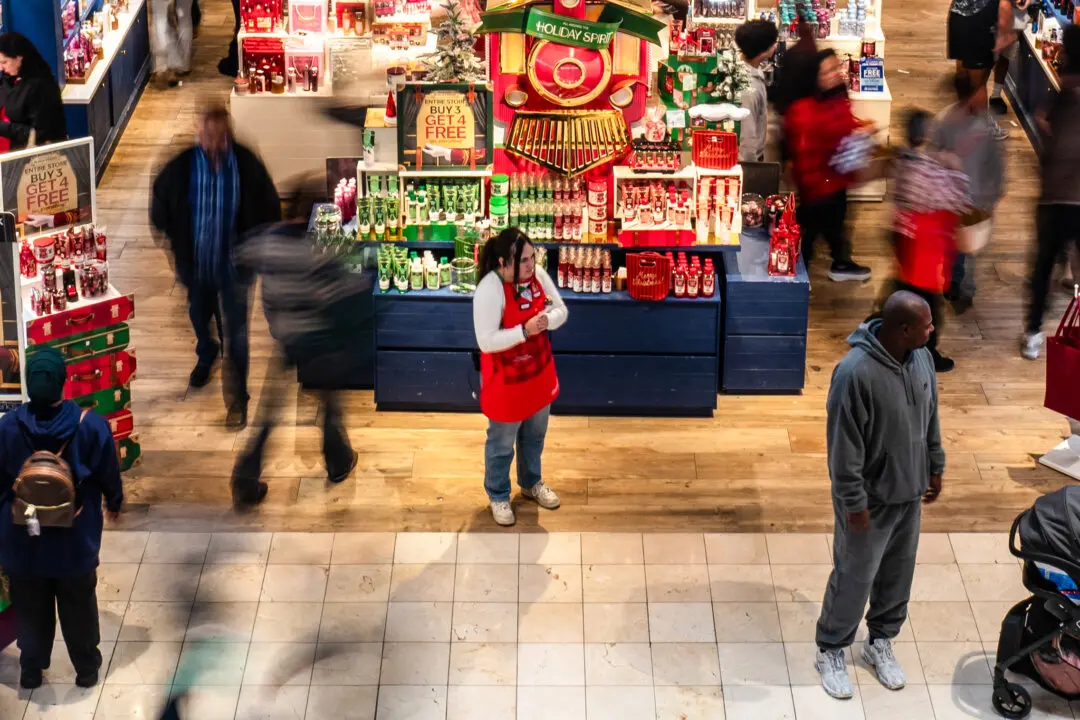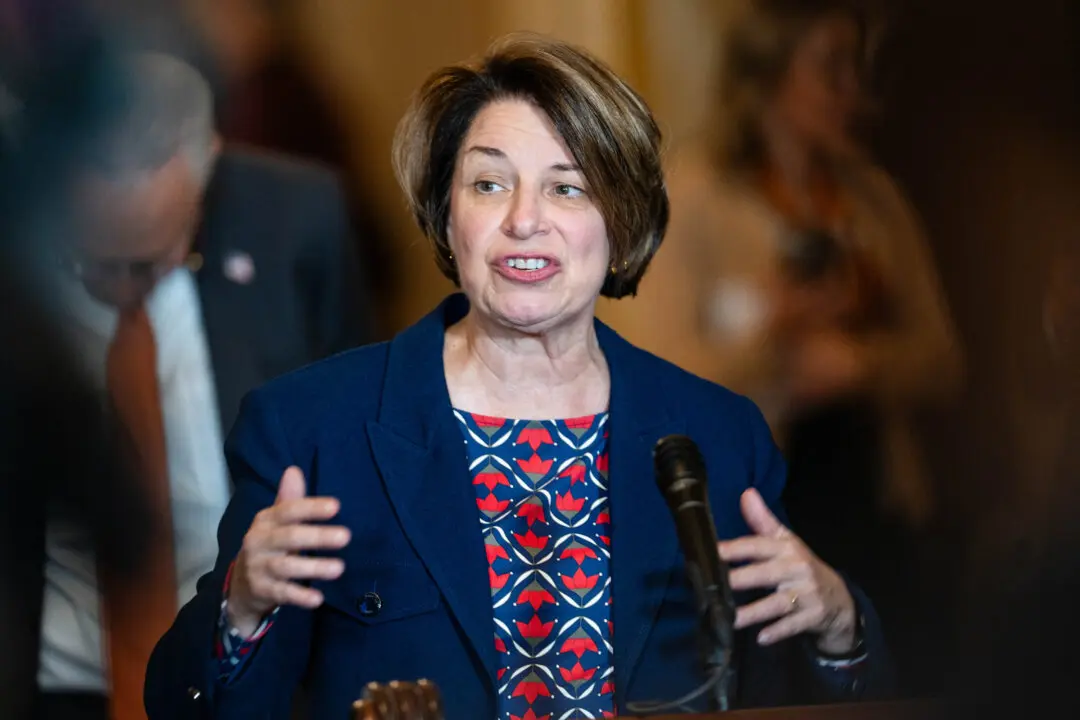A new study blames increased food stamp spending—including a massive expansion of the program under President Joe Biden—for contributing to soaring grocery prices, with food inflation hitting lower-income Americans the hardest.
In 2021, under the Biden administration, the U.S. Department of Agriculture (USDA) introduced updated nutritional guidelines for federal food stamp benefits. These changes led to an approximate 27 percent expansion of the Supplemental Assistance Nutrition Program (SNAP) compared to its pre-pandemic scale.





